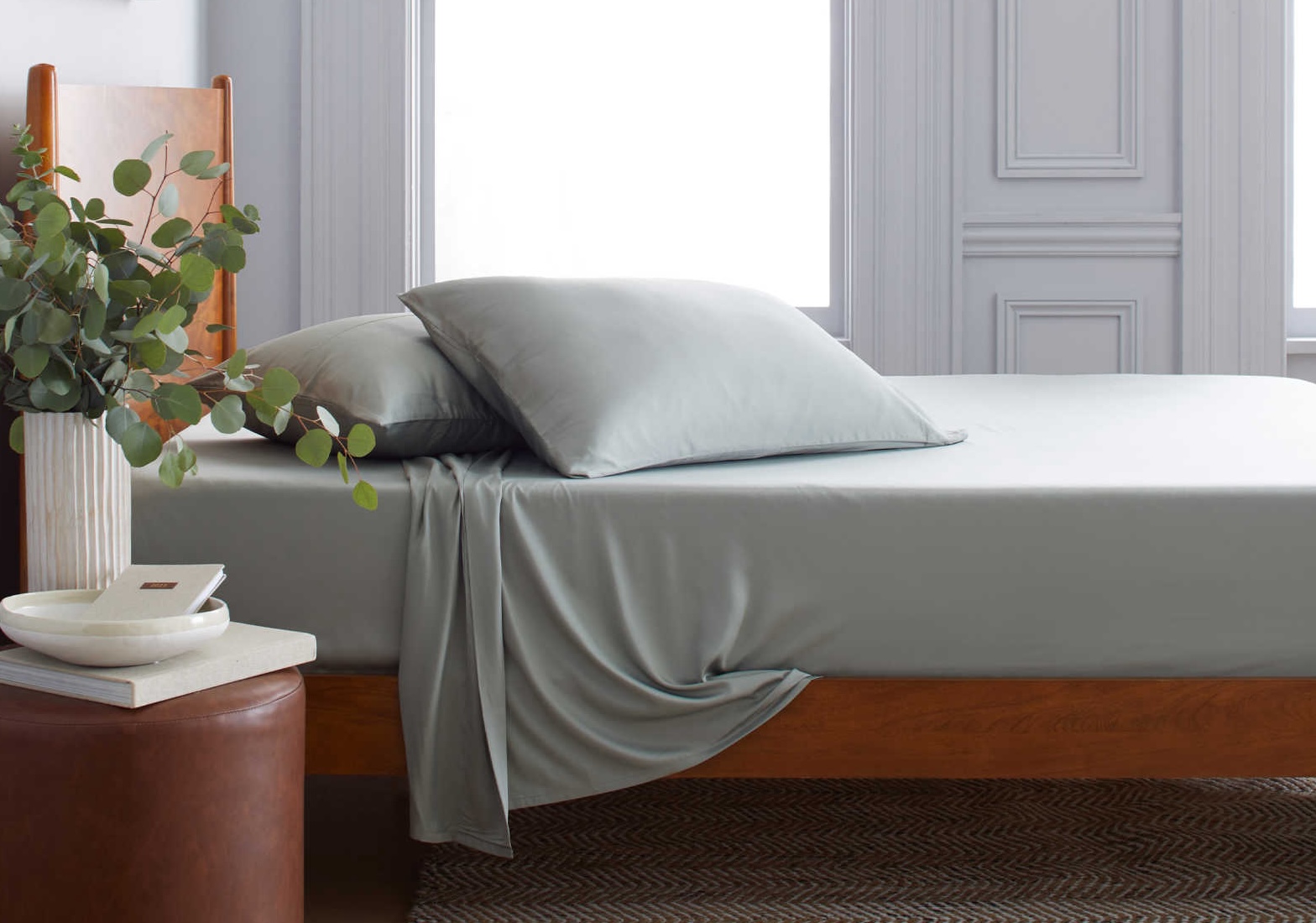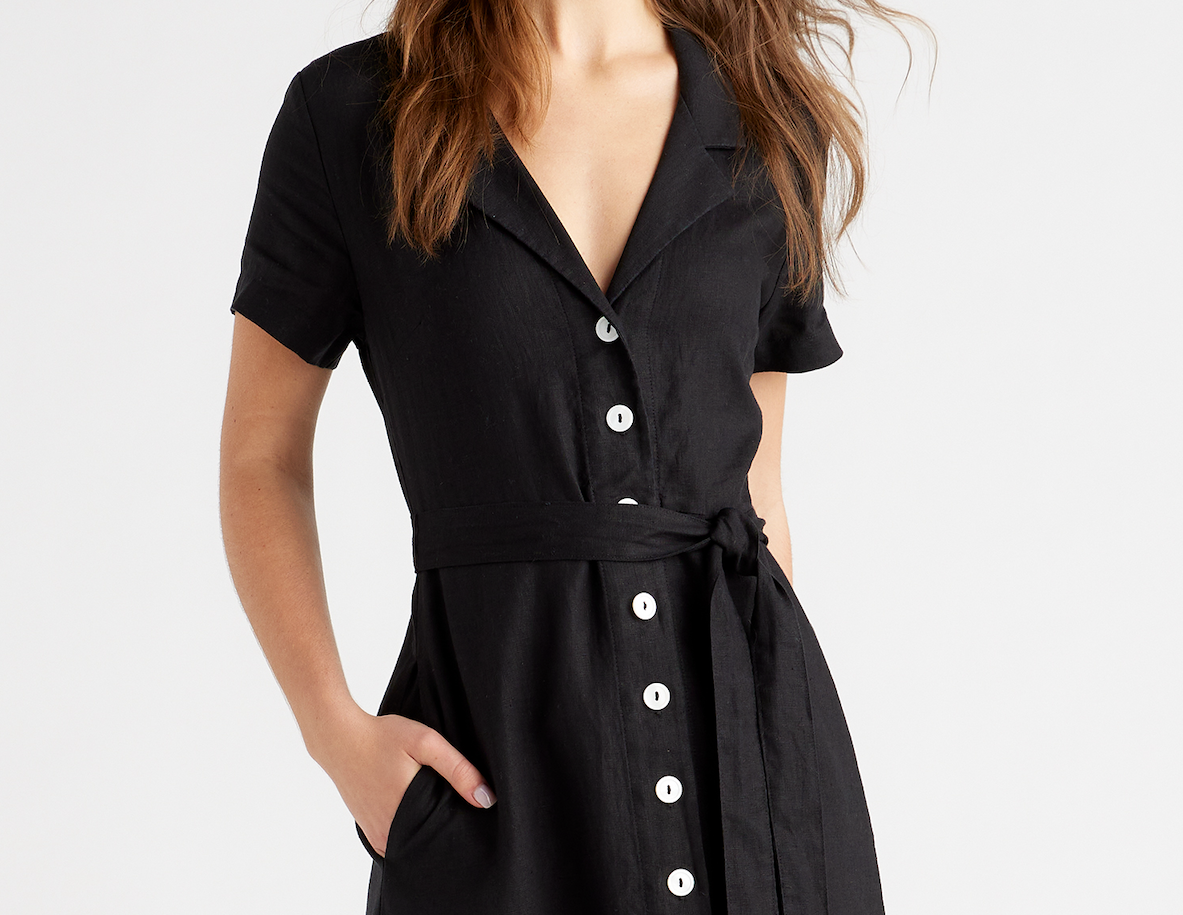When moving into a new home, you often get glimpses into what made up the fabric of the previous tenants' lives through things they left behind — a fact one new homeowner learned upon discovering actual fabric left behind by the previous tenant.
Landscape fabric, that is.
"So, I had to remove about two layers of landscape fabric from whoever was living here previously," states homeowner and learn-as-you-go gardener Crystal (@myghettogarden) in a video of her process and progress posted to TikTok.
Crystal further states that the process was not as difficult as expected but that pulling the fabric from the side of the bed will likely take more time.
@myghettogarden Removing landscape fabric #blackgardenerstiktok #gardening #blacktiktok #gardening #gardeners #fyp #newyear ♬ She Knows - J. Cole
Gardeners often use landscape fabric to keep weeds at bay, but as many have come to learn and share, it does more harm than good. It's so damaging that a more experienced gardener took to TikTok to beg people not to use it.
Landscape fabric is generally made out of plastic. As it breaks down, it leaves your garden filled with microplastics that degrade and pollute the soil before eventually making their way into local wildlife and our waterways.
The material also compacts the soil it covers, preventing nutrients, water, and air from reaching the roots of your plants. It's one of many harmful trends people employ — along with artificial turf and fast-growing aesthetic plants like bamboo and ivy — that harm ecosystems and create nightmares for unsuspecting new owners.
Changing how you plant and care for your yard so you don't have to employ these harmful tactics will benefit you and the environment. Besides, a little extra time spent in the garden — even if it's to pull up weeds — is good for both mental and physical well-being.
The post's comment section was filled with users sharing a similar experience with the tragic trend and a dose of advice.
"Ugh that stuff is so annoying to remove," commiserated one commenter.
TCD Picks » Quince Spotlight
💡These best-sellers from Quince deliver affordable, sustainable luxury for all
"I don't think I will EVER [BUY] THAT AGAIN," agreed another.
"I'd get some spent mycelium, maybe even fresh grain spawn, and throw that in the bottom of the bed," recommended a third. "If the landscape cloth left micro plastic the fungi can digest it down into its component parts."
Join our free newsletter for easy tips to save more, waste less, and help yourself while helping the planet.













